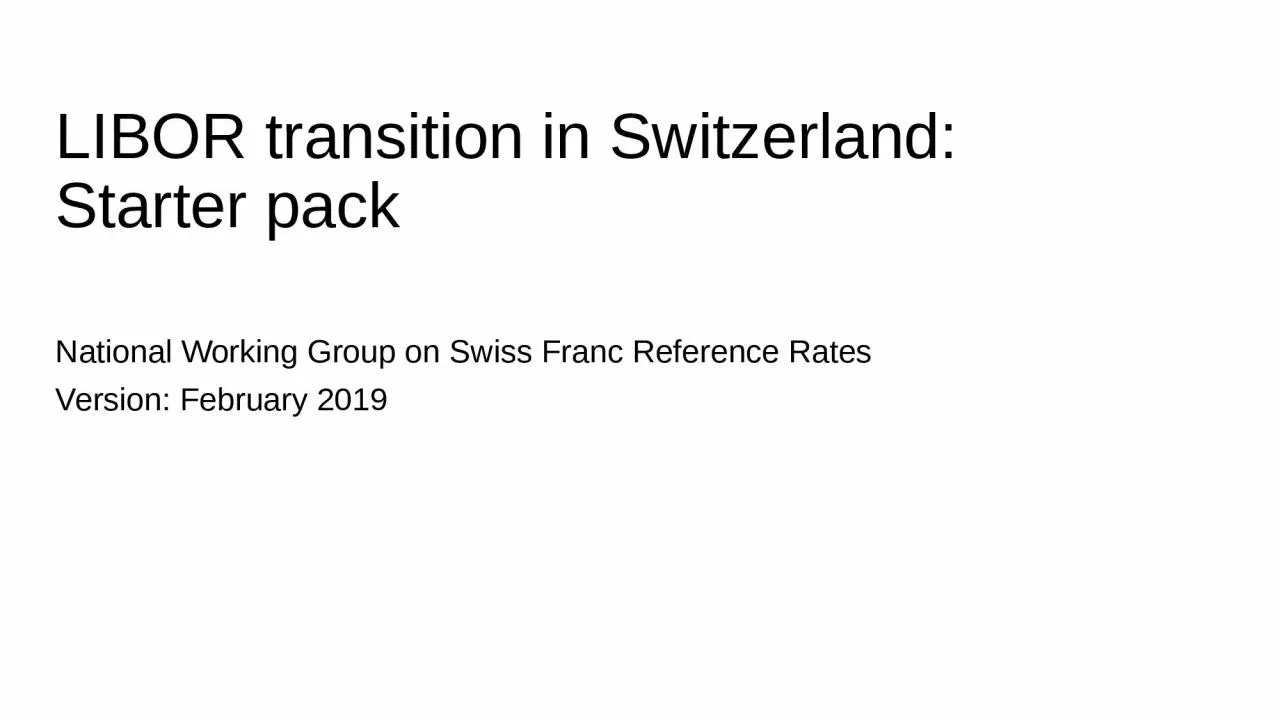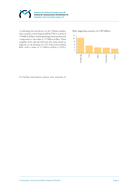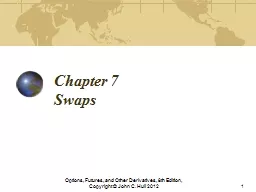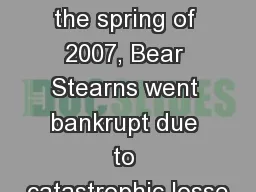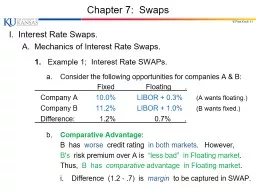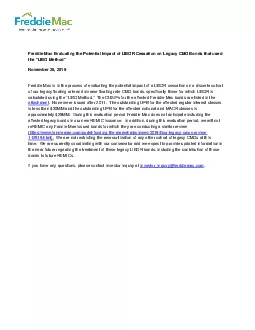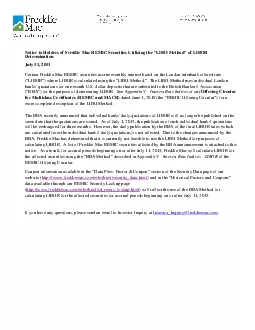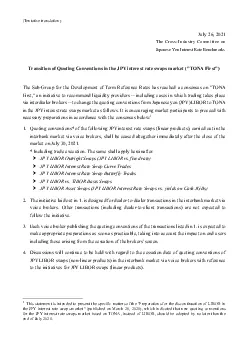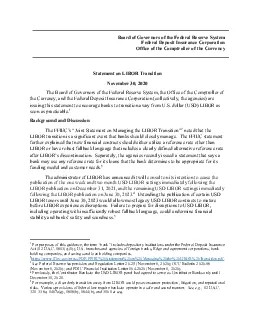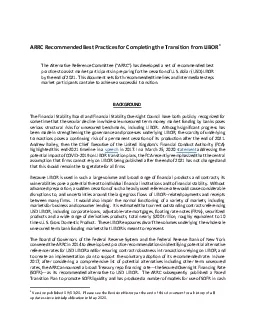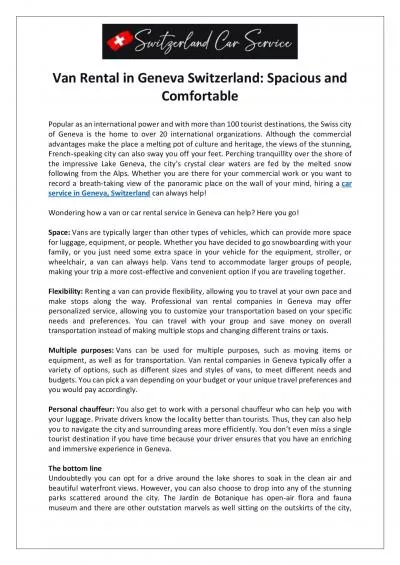PPT-LIBOR transition in Switzerland:
Author : PeachyCream | Published Date : 2022-07-28
Starter pack National Working Group on Swiss Franc Reference Rates Version February 2019 About this pack This pack is designed to inform readers about the transition
Presentation Embed Code
Download Presentation
Download Presentation The PPT/PDF document "LIBOR transition in Switzerland:" is the property of its rightful owner. Permission is granted to download and print the materials on this website for personal, non-commercial use only, and to display it on your personal computer provided you do not modify the materials and that you retain all copyright notices contained in the materials. By downloading content from our website, you accept the terms of this agreement.
LIBOR transition in Switzerland:: Transcript
Download Rules Of Document
"LIBOR transition in Switzerland:"The content belongs to its owner. You may download and print it for personal use, without modification, and keep all copyright notices. By downloading, you agree to these terms.
Related Documents

